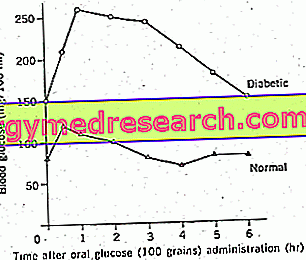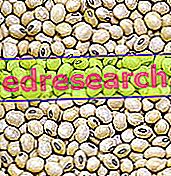The trachea is an elastic and flexible structure, comparable to a flattened cylinder in the rear face. From the physiological point of view, it aims to convey the air from the outside towards the lungs during inspiration and in the opposite direction during expiration.

Approximately 12 cm long with an average diameter of 2 cm, the trachea joins the larynx to the bronchi. Superiorly, it originates the cricoid cartilage of the larynx, while in the lower part it ends with a bifurcation from which the two primary bronchi arise. From this level on, the respiratory tree continues with a dense network of branches: from the primary bronchi the secondary bronchi (lobar bronchi) originate and from these the tertiary bronchi (segmental bronchi), which in turn are divided into bronchioles, then in terminal bronchioles and finally in alveoli-rich respiratory bronchioles.
The trachea is formed by a series of overlapping cartilaginous rings, similar to a horseshoe, open in the posterior region and connected to each other by connective tissue.

At the rear, the trachea relates to the esophagus, while laterally it relates to the nervous vascular bundle of the neck. From an educational point of view, it can be divided into two parts. The first, the Pars cervicalis (extratoracic) continues superiorly with the cricoid cartilage of the larynx (located in the lower part of this organ), extending from the 4th to the 7th cervical vertebra. Below, the pars cervicalis is continued with the intrathoracic tracheal segment (Pars thoracic), which in turn ends at the limit of the body and the handlebar of the sternum (at the level of the IV-V thoracic vertebra in the adult) dividing into the two primary bronchi.
Because of the particular arrangement of the tracheal rings, from the morphological point of view the trachea appears flattened posteriorly and rounded in its front part.
The antero-posterior diameter is about 1.5 cm, while the transverse diameter is around 1.8 cm.
Like all cartilaginous structures, each tracheal ring is covered by a layer of connective tissue rich in blood vessels and nerve endings, called perichondrium. The nutritional exchanges of cartilage cells depend on it.

The wall of the trachea, proceeding from the outside towards the inside, has three layers: the adventitious frock, the submucosa and the mucosa. Without going into the anatomical details, we briefly recall that the mucous membrane of the trachea (see image to the side) is covered by a cylindrical pseudostratified epithelium (respiratory epithelium), on which a layer of mucus is deposited.
Thanks to the ciliary movements and the adhesive action of the mucus, the trachea is able to "self-clean", trapping foreign agents (dust, pollen, bacteria, etc.) and favoring their elimination. In fact the tracheal cilia, moving from the bottom upwards, make the mucus rise up to the oral cavity, then towards the esophagus and from there to the stomach, where it is digested by the gastric juices.



